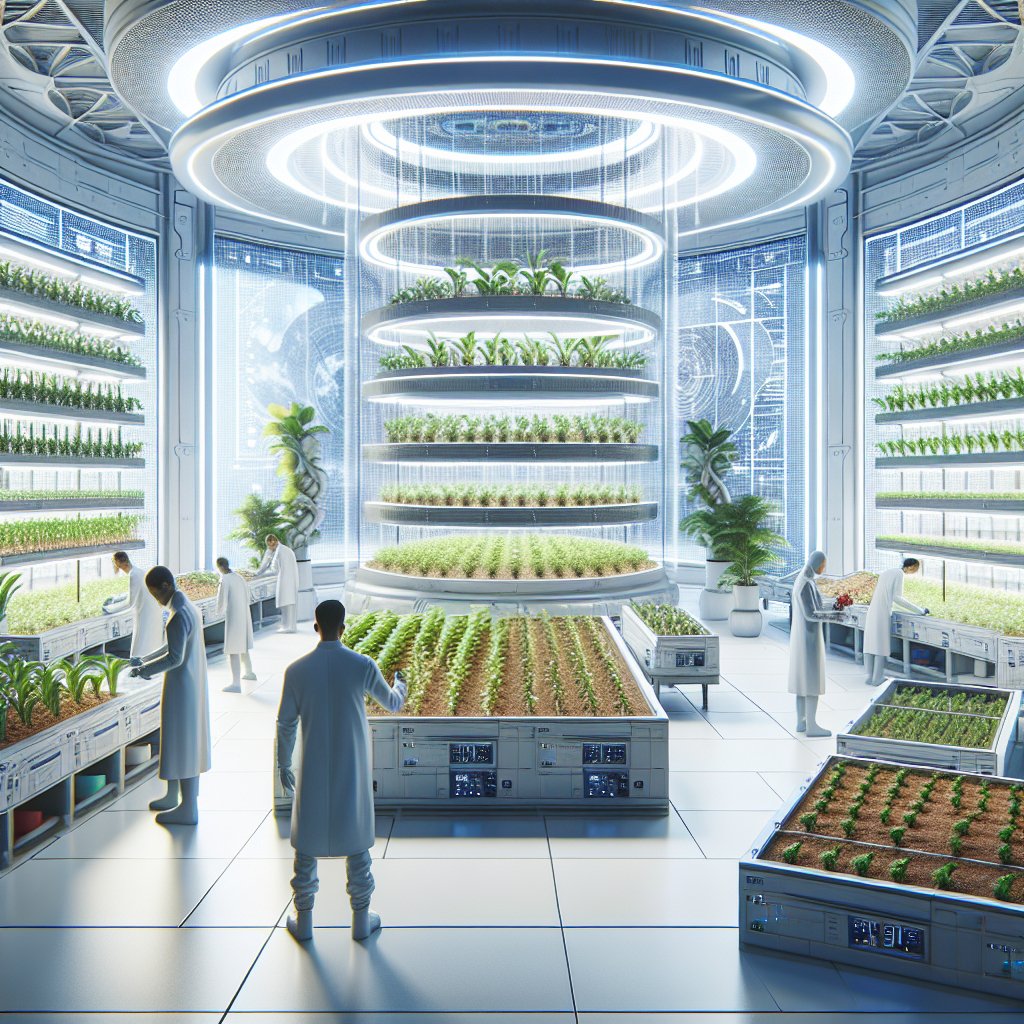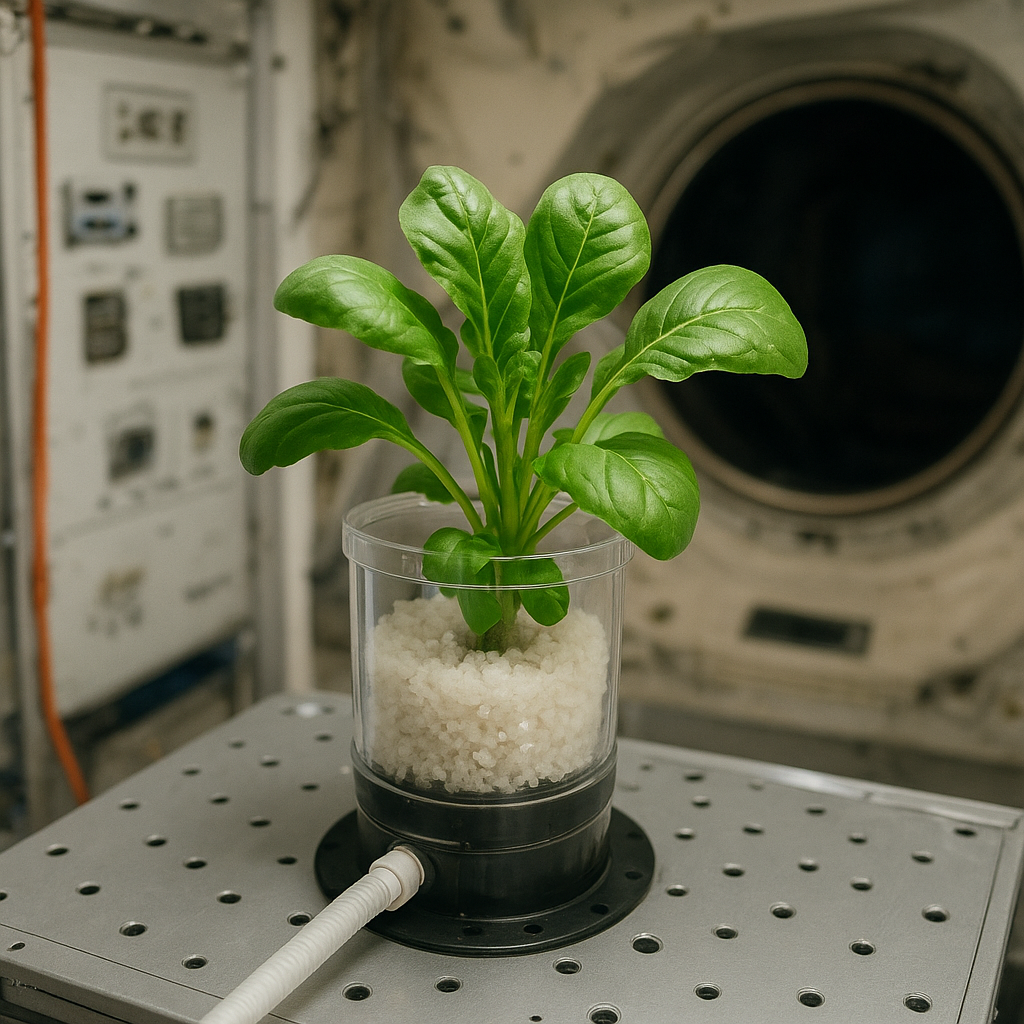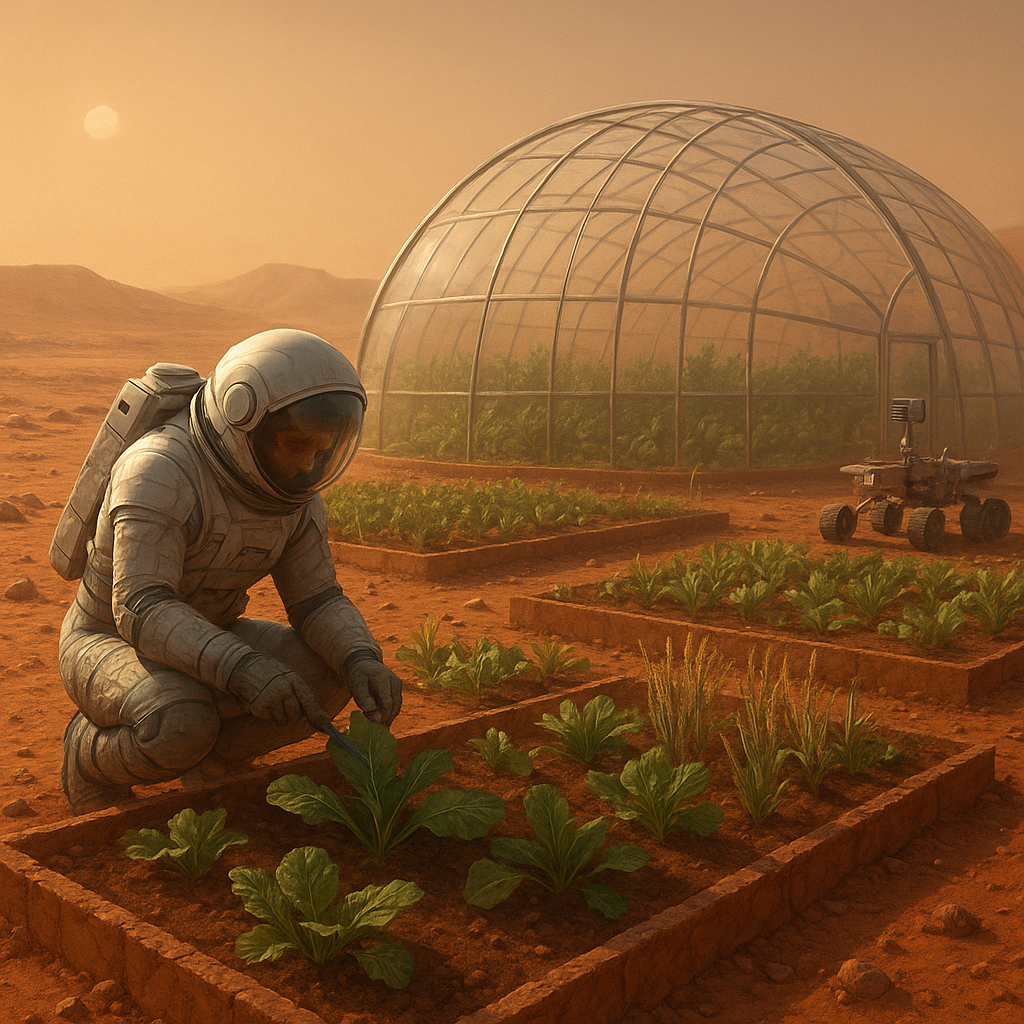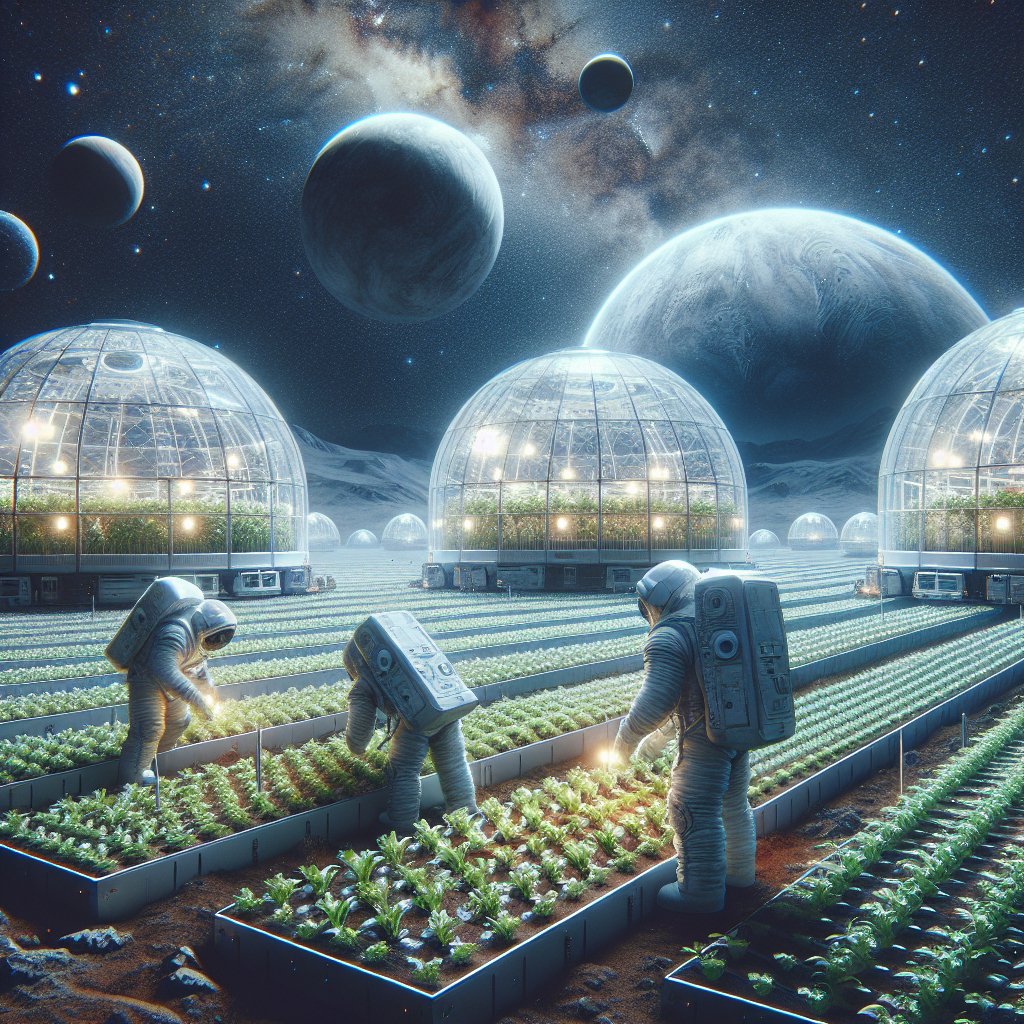How space farming could contribute to global sustainability goals is a topic that intertwines the future of agriculture with the vast possibilities of outer space. As the global population continues to rise, the demand for food increases, putting immense pressure on our planet’s resources. In this context, space farming emerges as a revolutionary concept that not only aims to address food security but also aligns with sustainability goals set by various international frameworks. This article explores the potential of space farming, its technological advancements, and its implications for sustainable agriculture on Earth.
The Concept of Space Farming
Space farming refers to the practice of growing crops in extraterrestrial environments, such as on the Moon or Mars, using advanced agricultural techniques and technologies. The idea is not merely a futuristic fantasy; it is grounded in scientific research and experimentation. As space agencies like NASA and private companies like SpaceX plan missions to other celestial bodies, the need for sustainable food sources for astronauts becomes paramount. This necessity has led to the exploration of various methods for cultivating plants in space.
Historical Context and Research
The concept of growing food in space dates back to the early days of space exploration. The first successful growth of plants in space occurred aboard the Skylab space station in the 1970s, where astronauts cultivated mustard seeds. Since then, numerous experiments have been conducted on the International Space Station (ISS), where astronauts have grown a variety of crops, including lettuce, radishes, and zinnias. These experiments have provided valuable insights into how plants respond to microgravity, radiation, and other space-related challenges.
Technological Innovations
Advancements in technology play a crucial role in the feasibility of space farming. Hydroponics, aeroponics, and other soil-less cultivation methods are being developed to optimize plant growth in confined environments. These systems use nutrient-rich water solutions to nourish plants, significantly reducing the need for soil and water. Additionally, controlled environment agriculture (CEA) techniques allow for the regulation of temperature, humidity, and light, creating ideal conditions for plant growth.
Moreover, the integration of artificial intelligence (AI) and robotics in space farming can enhance efficiency and productivity. AI can monitor plant health, optimize resource usage, and predict growth patterns, while robots can assist in planting, harvesting, and maintaining crops. These innovations not only make space farming more viable but also pave the way for similar applications on Earth.
Implications for Global Sustainability Goals
The United Nations has established 17 Sustainable Development Goals (SDGs) aimed at addressing global challenges, including hunger, climate change, and sustainable agriculture. Space farming has the potential to contribute significantly to these goals in several ways.
Food Security and Nutrition
As the global population is projected to reach nearly 10 billion by 2050, ensuring food security is a pressing challenge. Space farming can provide a reliable source of fresh produce for astronauts on long-duration missions, reducing the need for resupply missions from Earth. This capability is crucial for future colonization efforts on Mars and other celestial bodies, where traditional agriculture is not feasible.
Furthermore, the technologies developed for space farming can be adapted for use in arid and resource-limited regions on Earth. By utilizing hydroponics and vertical farming techniques, communities facing food insecurity can grow nutritious crops in urban settings or areas with poor soil quality. This approach not only enhances food availability but also promotes healthier diets, contributing to the goal of zero hunger.
Environmental Sustainability
Space farming also aligns with environmental sustainability goals by promoting resource-efficient agricultural practices. Traditional farming methods often lead to soil degradation, water scarcity, and loss of biodiversity. In contrast, space farming techniques minimize land use and water consumption, making them more sustainable alternatives.
For instance, hydroponic systems use up to 90% less water than conventional farming, as the water is recirculated and reused. Additionally, space farming can reduce the carbon footprint associated with food transportation, as crops can be grown closer to where they are consumed, whether on Earth or in space. This reduction in transportation emissions contributes to climate action efforts and helps mitigate the impacts of climate change.
Research and Development
The pursuit of space farming encourages investment in research and development, fostering innovation in agricultural technologies. The challenges posed by growing food in space drive scientists and engineers to develop new solutions that can also benefit Earth-based agriculture. For example, advancements in plant genetics, pest management, and resource optimization can lead to more resilient and productive crops.
Moreover, international collaboration in space farming research can strengthen partnerships between countries, promoting knowledge sharing and joint efforts to tackle global food security challenges. This collaborative spirit aligns with the SDG of partnerships for the goals, emphasizing the importance of working together to achieve sustainable development.
Challenges and Future Prospects
Despite the promising potential of space farming, several challenges must be addressed to realize its full benefits. The harsh conditions of space, including radiation exposure, microgravity, and limited resources, pose significant obstacles to successful crop cultivation. Ongoing research is essential to develop resilient plant varieties and effective farming systems that can thrive in these environments.
Technological and Economic Barriers
The high costs associated with space missions and the development of advanced agricultural technologies can hinder progress in space farming. Funding and investment are crucial to support research initiatives and the establishment of infrastructure for space agriculture. Public-private partnerships may play a vital role in overcoming these economic barriers, as collaboration between government agencies and private companies can accelerate innovation and reduce costs.
Ethical Considerations
As we explore the possibilities of space farming, ethical considerations must also be taken into account. The potential for exploiting extraterrestrial resources raises questions about ownership, environmental stewardship, and the impact on future generations. It is essential to establish guidelines and regulations that ensure responsible practices in space agriculture, promoting sustainability and equity.
Conclusion
Space farming represents a groundbreaking approach to addressing global sustainability goals, offering innovative solutions to food security, environmental sustainability, and technological advancement. As we continue to explore the cosmos, the lessons learned from space agriculture can be applied to improve farming practices on Earth, fostering a more sustainable future for all. By investing in research, collaboration, and ethical considerations, we can harness the potential of space farming to create a resilient and sustainable food system that benefits both our planet and beyond.




